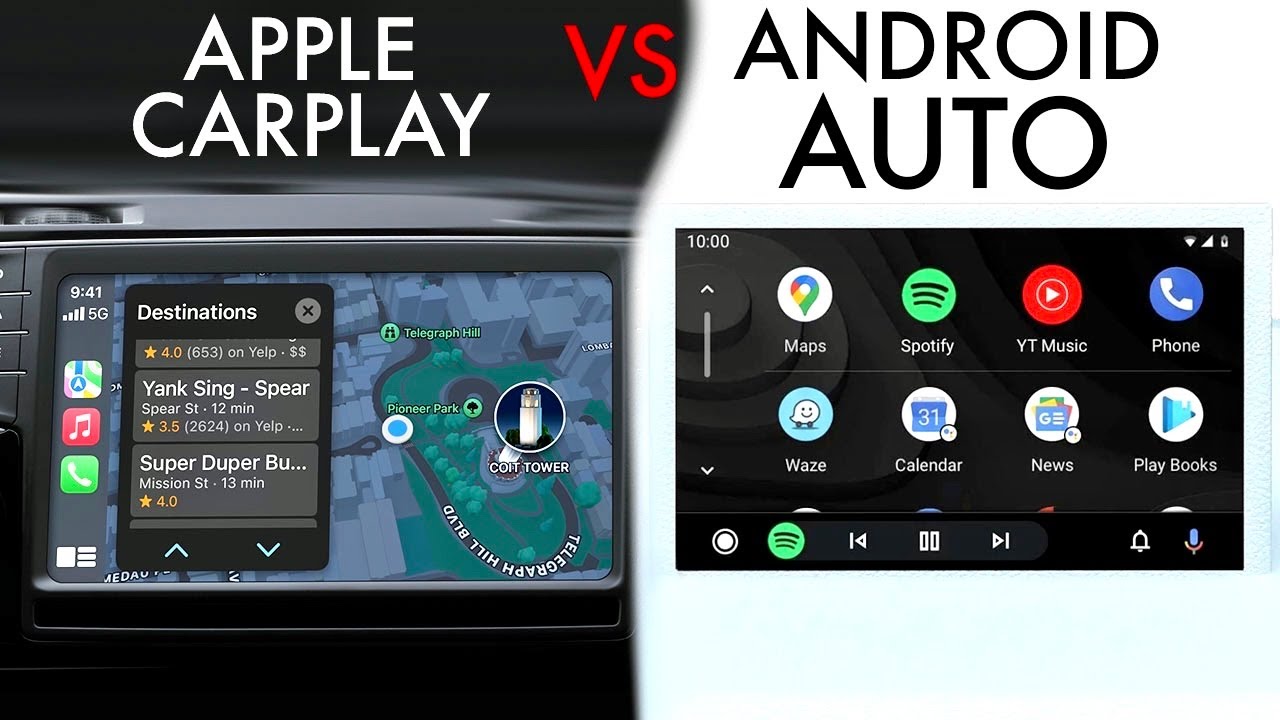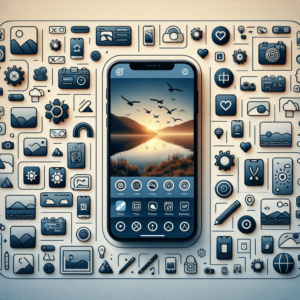Table of Contents
Apple CarPlay
Apple CarPlay was officially announced and released on March 10, 2014, at the Geneva Motor Show. It was initially showcased with carmakers Ferrari, Mercedes-Benz, and Volvo. CarPlay is a feature that allows you to integrate your iPhone with your car’s built-in display and control system. It offers a safer and more convenient way to access essential features and apps while driving, keeping your focus on the road.
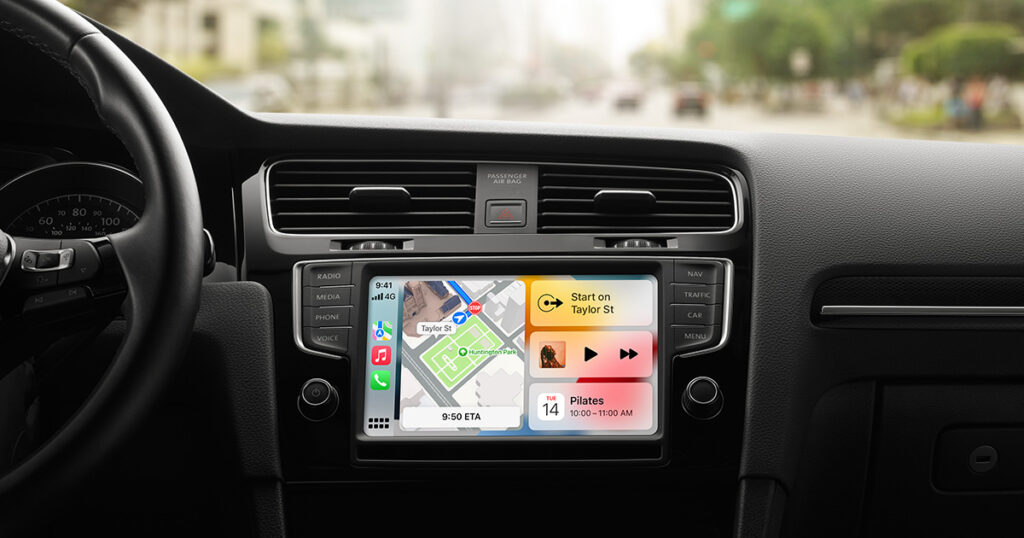
Compatible cars: Over 800 car models from various manufacturers offer CarPlay support (check with your car manufacturer for specific compatibility).
There are some features specific to CarPlay:
1. Access to certain Apple-exclusive apps:
- Apple Podcasts: Allows access to and playback of Apple Podcasts, which isn’t available on Android Auto.
- CarPlay integration with Apple Books: While both offer audiobook playback through third-party apps, CarPlay integrates seamlessly with Apple Books for accessing your audiobook library and playback controls.
2. Potential tighter integration with car features:
- Certain car manufacturers might offer deeper integration with it, allowing control of specific car functions like climate control or seat adjustments directly through the CarPlay interface. This is not as widely available with Auto, although some car models might offer similar features.
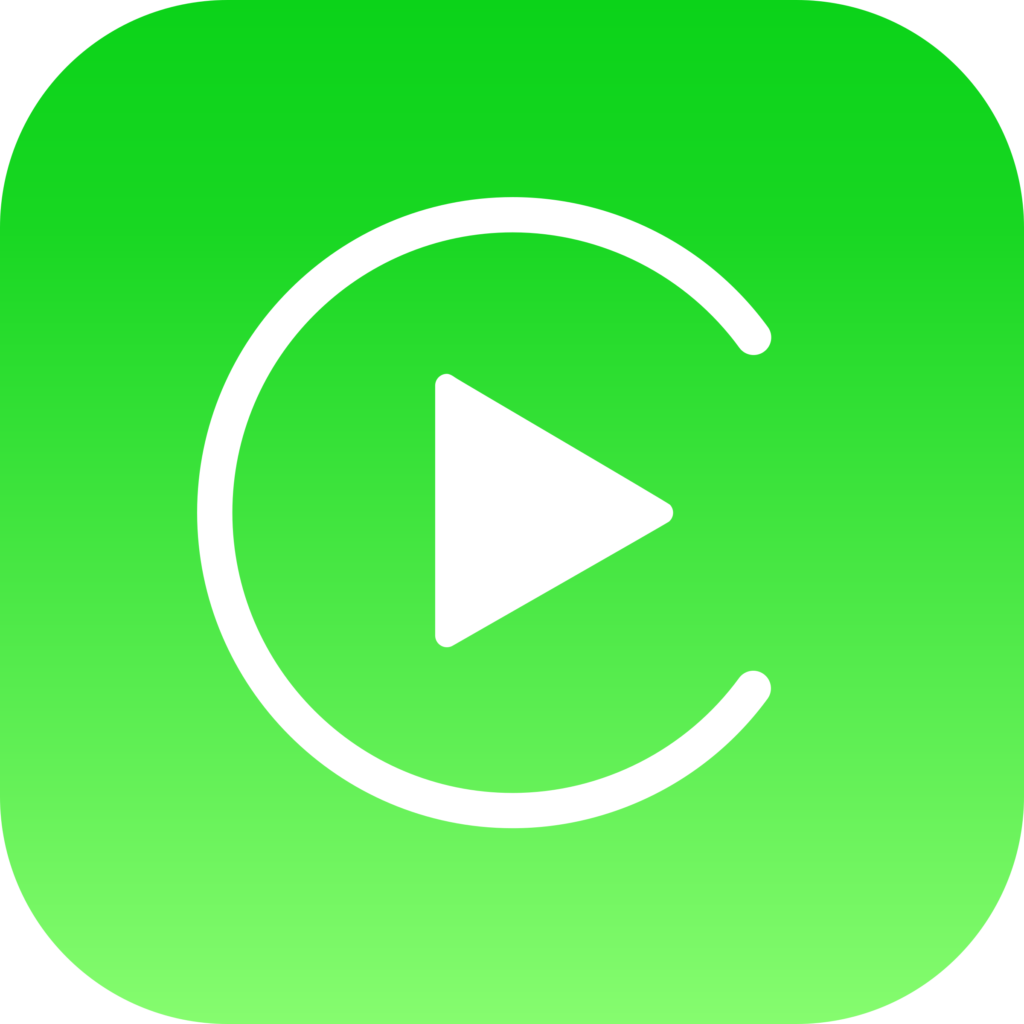
3. Focus on curated app experience:
- CarPlay generally focuses on a curated selection of third-party apps that are specifically optimized for in-car use. This can ensure a smoother and more consistent user experience compared to the wider and potentially less optimized app selection on Auto.
It’s important to note that these are not absolute differences:
- Some manufacturers might offer features like deeper car function integration with both CarPlay and Auto.
- While CarPlay has Apple-specific apps, Auto can access other popular services like Google Podcasts and audiobooks through numerous third-party apps.
Android Auto
Android Auto is a similar system to CarPlay, designed to connect your Android phone to your car’s infotainment system. Auto was officially released to the public on March 19, 2015, just nine days after the release of CarPlay. The initial announcement was made at Google I/O 2014, but the public release came later.
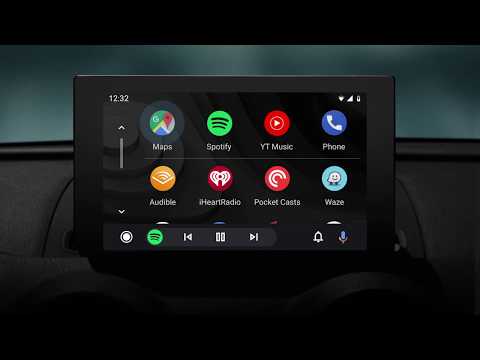
Compatible cars: Over 500 car models from various manufacturers offer Auto support (check with your car manufacturer for specific compatibility).
Here are features found in Android Auto that Apple CarPlay currently lacks:
1. Wider selection of third-party apps:
- Auto offers a wider range of supported third-party apps, including popular options like:
- Messaging apps: WhatsApp, Telegram, etc. (CarPlay only supports iMessage)
- Video streaming: YouTube Music Premium, etc. (CarPlay doesn’t offer video streaming apps)
- Navigation apps: Waze, Google Maps (CarPlay primarily uses Apple Maps)
- Other diverse apps: Parking apps, EV charging apps, food ordering apps, etc. (CarPlay’s selection might be more limited in these categories)
2. Greater customization options:
- Auto allows for more customization of the user interface compared to CarPlay. You can:
- Rearrange app icons on the home screen
- Choose a background image
- Adjust notification settings (e.g., dismiss, mute)

3. Split-screen functionality:
- With the recent “Coolwalk” redesign, it offers a split-screen layout, allowing you to view two apps simultaneously (e.g., navigation and music). CarPlay currently doesn’t offer this functionality.
4. Google Assistant integration:
- While both systems have voice assistants, Auto integrates with Google Assistant, which might be preferred by users who already rely heavily on Google services and its ecosystem.
Android Auto vs. Apple CarPlay: Comparison
Both the apps are in-car infotainment systems designed to integrate your smartphone with your vehicle’s display, allowing you to access essential features and apps safely while driving. While they offer similar functionality, there are key differences to consider. Here’s a detailed analysis and comparison:
Compatibility
- Android Auto: Works with Android phones running Android 10 (or later) and most car models from 2014 onwards (check with your car manufacturer for specific compatibility).
- Apple CarPlay: Works with iPhones 5 and later and most car models from 2014 onwards (check with your car manufacturer for specific compatibility).
Features
- Both offer: Navigation, music playback, messaging, phone calls, voice assistant integration (Google Assistant for Android Auto, Siri for CarPlay), and access to some compatible third-party apps.
- Android Auto: Generally has a wider selection of third-party apps, including popular options like Spotify, WhatsApp, Waze, and more. Offers greater customization options with the ability to rearrange app icons and choose a background.
- Apple CarPlay: Offers a more curated selection of apps, focusing on those optimized for in-car use. Has a simpler and more consistent user interface across different car models.
Usability
- Android Auto: Recently redesigned interface (“Coolwalk”) provides a split-screen layout for better multitasking. Offers more granular control over notifications, allowing dismissal or muting.
- Apple CarPlay: Offers a generally simpler and more user-friendly interface, especially for beginners. However, may feel less customizable compared to Android Auto. Notifications appear as banners at the bottom of the screen, potentially obstructing navigation view.
Connectivity
- Both: Can be connected to the car’s infotainment system via USB cable or wirelessly (if the car and phone support it).
- Wireless connection: Generally considered more reliable with Apple CarPlay, with fewer connection drops compared to Android Auto.
Other factors
- Voice assistants: Both systems integrate with their respective voice assistants, offering hands-free control over features and information. User preference for Google Assistant or Siri may influence the choice.
- Privacy: Apple CarPlay is known to be stricter about app permissions and data sharing compared to Android Auto.
Ultimately, the best choice depends on your individual preferences and priorities:
- Choose Auto if:
- You have an Android phone and want a wider selection of apps and customization options.
- You prefer more granular control over notifications.
- Choose CarPlay if:
- You have an iPhone and value a simpler, more user-friendly interface.
- You prioritize a more reliable wireless connection.
- You prefer stricter privacy controls over app permissions.
Also Read: Lenovo’s 1st Transparent Laptop: A Clear Vision of the Future

